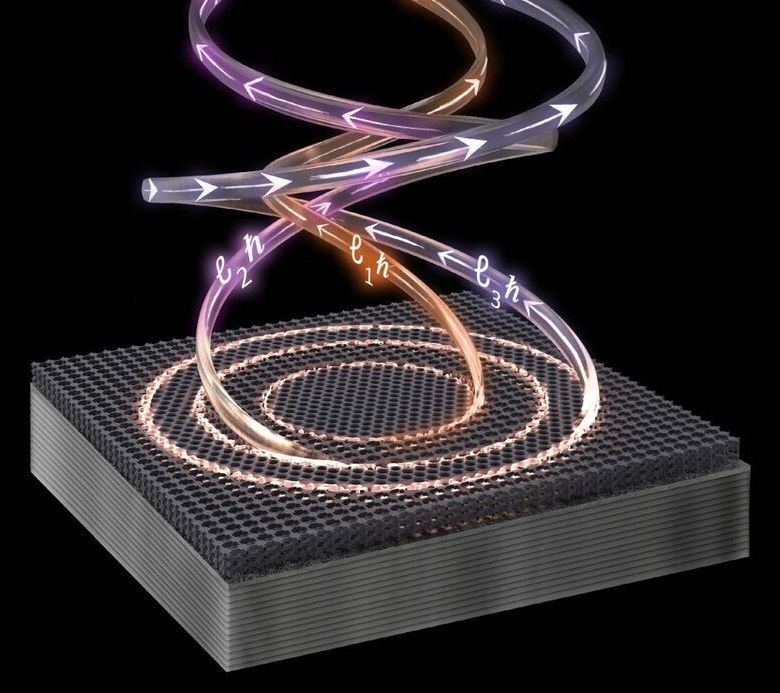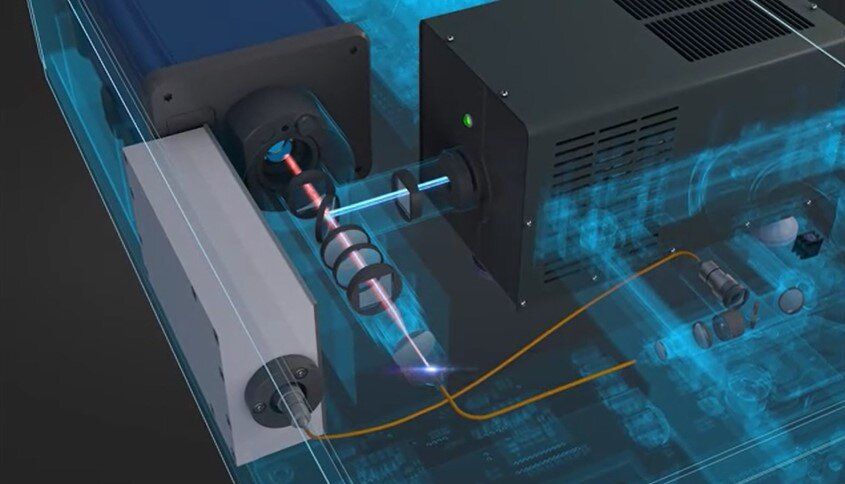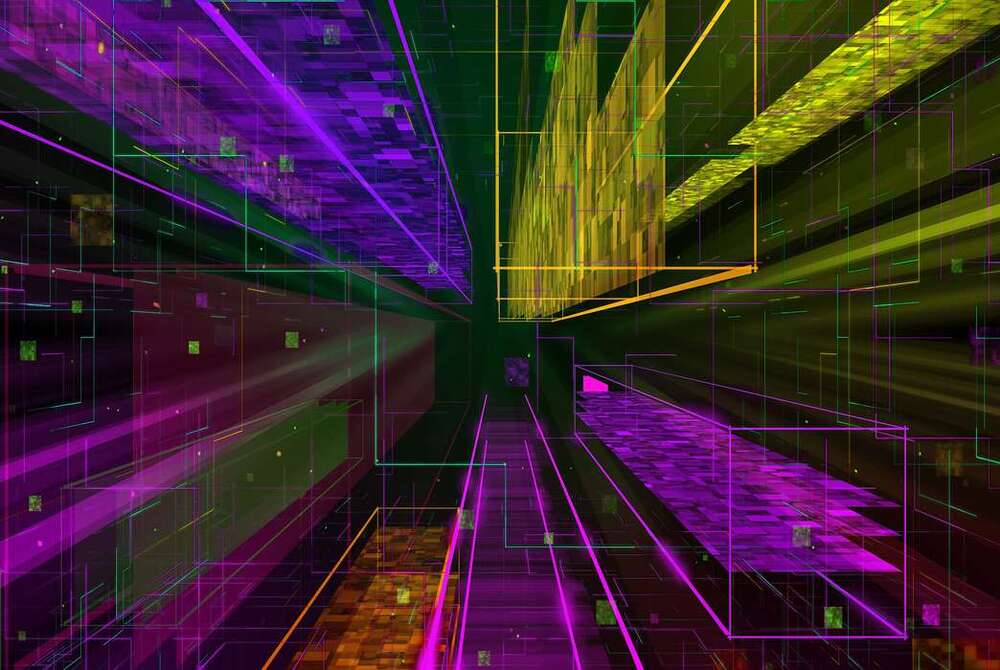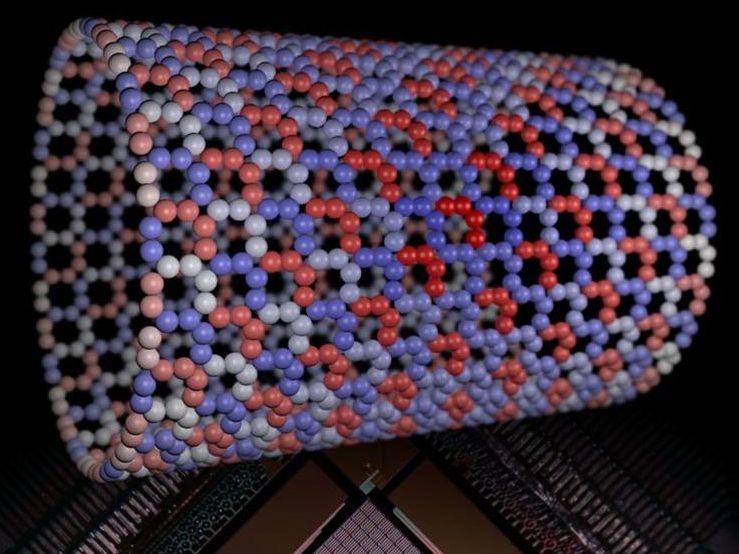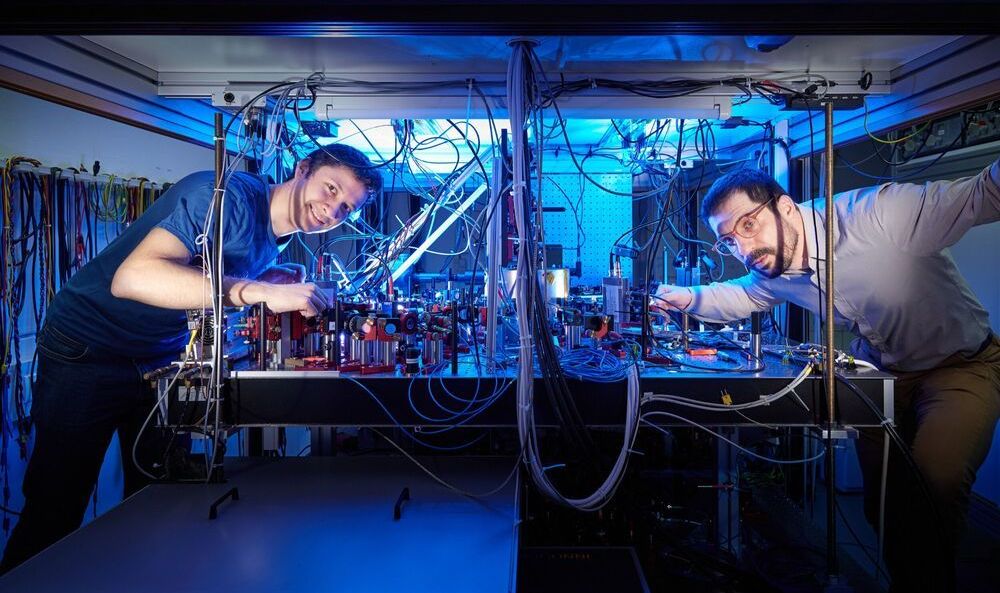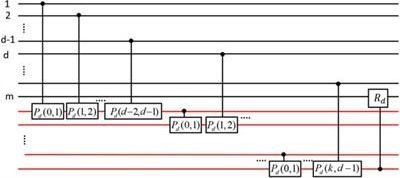Researchers at the University of California, Berkeley, have found a new way to harness properties of light waves that can radically increase the amount of data they carry. They demonstrated the emission of discrete twisting laser beams from antennas made up of concentric rings roughly equal to the diameter of a human hair, small enough to be placed on computer chips.
Category: computing
The total amount of data generated worldwide is expected to reach 175 zettabytes (1 ZB equals 1 billion terabytes) by 2025. If 175 ZB were stored on Blu-ray disks, the stack would be 23 times the distance to the moon. There is an urgent need to develop storage technologies that can accommodate this enormous amount of data.
California researchers discovered a way to leverage an unused property of light to apply the unrestricted nature of the quantum domain to wireless communication, creating a new type of channel with infinite capacity that could make looming data limitations irrelevant.
New research throws wide open the amount of information that can be simultaneously transmitted by a single light source.
Researchers at the University of California, Berkeley, have found a new way to harness properties of light waves that can radically increase the amount of data they carry. They demonstrated the emission of discrete twisting laser beams from antennas made up of concentric rings roughly equal to the diameter of a human hair, small enough to be placed on computer chips.
The new work, reported in a paper published Thursday, February 252021, in the journal Nature Physics, throws wide open the amount of information that can be multiplexed, or simultaneously transmitted, by a coherent light source. A common example of multiplexing is the transmission of multiple telephone calls over a single wire, but there had been fundamental limits to the number of coherent twisted lightwaves that could be directly multiplexed.
If we can take just a fraction of the time that’s spent gaming, and make it useful for science, then that’s practically a limitless resource.
The idea of citizen science isn’t a new one. Amateur scientists have been making important discoveries as far back as Ug the Neolithic hunter and her ‘wheel’, while even Newton, Franklin, and Darwin were self-funded for part of their careers, and Herschel discovered Uranus while employed as a musician. It’s only from the late 20th century that it’s crystallised into what we know today, with the North American Butterfly Association using its members to count the popular winged insects since 1975. Zooniverse has users classify images to identify stellar wind bubbles, track coronal mass ejections, and determine the shape of galaxies. Then there’s Folding@Home and other cloud computing projects—they count too.
Using a method called quantum annealing, D-Wave’s researchers demonstrated that a quantum computational advantage could be achieved over classical means.
Even in the world of the smallest particles with their own special rules, things cannot proceed infinitely fast. Physicists at the University of Bonn have now shown what the speed limit is for complex quantum operations. The study also involved scientists from MIT, the universities of Hamburg, Cologne and Padua, and the Jülich Research Center. The results are important for the realization of quantum computers, among other things. They are published in the prestigious journal Physical Review X, and covered by the Physics Magazine of the American Physical Society.
Featuring a built-in computer, the Ultima shotgun envisages WiFi and Bluetooth connectivity and can synchronize with smart phones. It is intended to woo younger clients such as gadget enthusiasts.
Russian arms manufacturer Kalashnikov plans to start making its AK-203 assault rifle in India this year and wants to attract a wider audience with a hi-tech shotgun, chief executive Dmitry Tarasov said.
8 oct 2020.
MIT researchers using superconducting quantum bits connected to a microwave transmission line have shown how the qubits can generate on demand the photons, or particles of light, necessary for communication between quantum processors.
10 November 2020
Qudit is a multi-level computational unit alternative to the conventional 2-level qubit. Compared to qubit, qudit provides a larger state space to store and process information, and thus can provide reduction of the circuit complexity, simplification of the experimental setup and enhancement of the algorithm efficiency. This review provides an overview of qudit-based quantum computing covering a variety of topics ranging from circuit building, algorithm design, to experimental methods. We first discuss the qudit gate universality and a variety of qudit gates including the pi/8 gate, the SWAP gate, and the multi-level controlled-gate. We then present the qudit version of several representative quantum algorithms including the Deutsch-Jozsa algorithm, the quantum Fourier transform, and the phase estimation algorithm.
